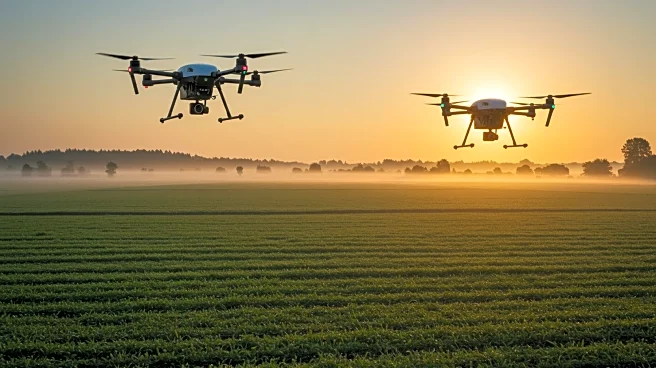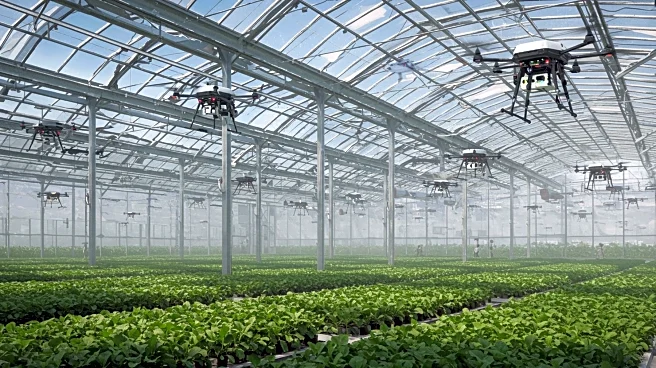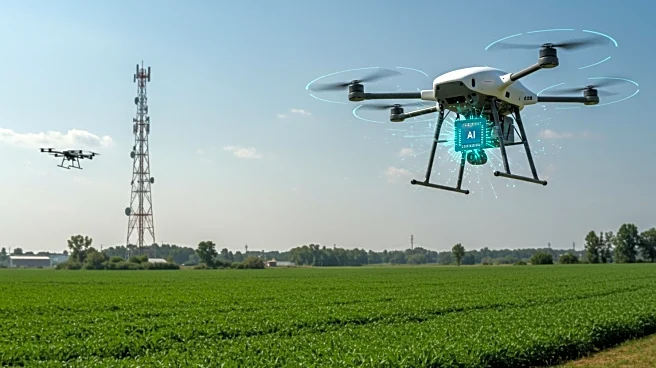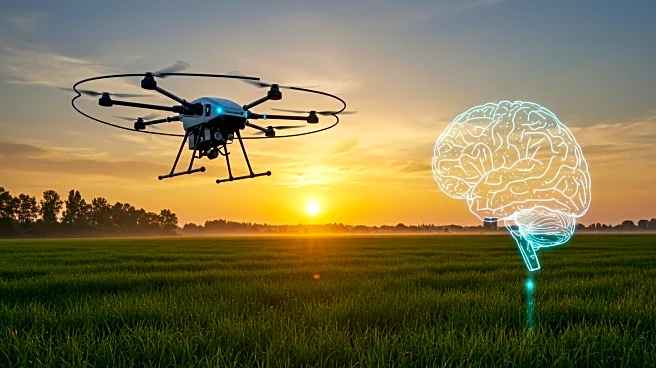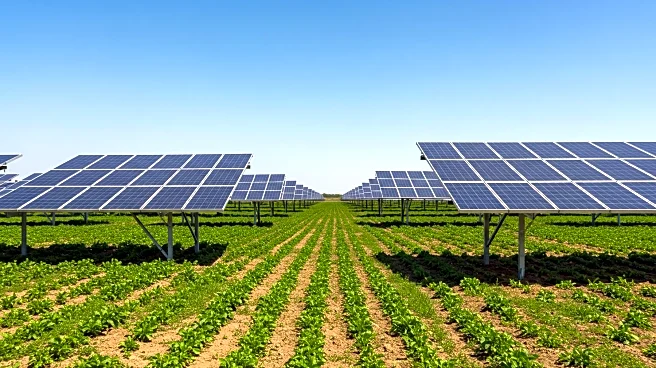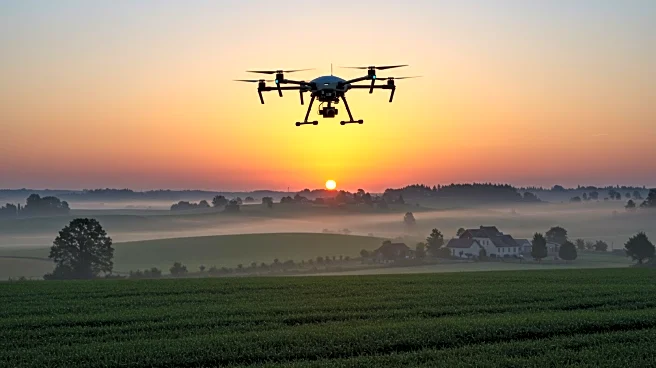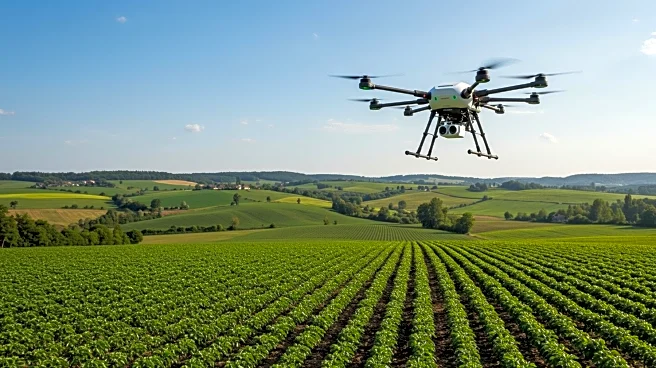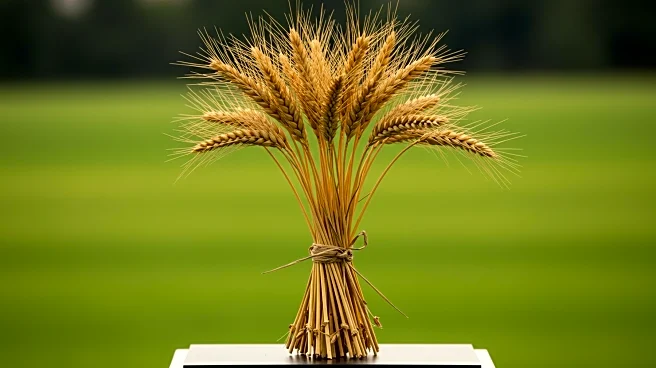What's Happening?
By 2025, AI-powered drones are expected to become integral to U.S. agriculture, transforming farming practices through precision agriculture. These drones, equipped with advanced sensors and AI, provide real-time data for crop monitoring, health assessment, and precision spraying. The integration of IoT devices enhances irrigation management and soil analysis, optimizing resource use and reducing environmental impact. The global market for agriculture IoT devices is projected to surpass $30 billion by 2025, driven by rapid tech adoption. Drones offer significant labor savings and improved accuracy in field analysis, addressing challenges like labor shortages and climate change.
Why It's Important?
The use of AI and IoT drones in agriculture is crucial for addressing modern farming challenges, such as maximizing yields and reducing chemical inputs. These technologies enable continuous, data-driven monitoring, allowing farmers to optimize every aspect of farm management. The precision offered by drones reduces waste and environmental harm, promoting sustainable practices. As the demand for food increases, these innovations can help ensure food security and improve the competitiveness of U.S. farms.
What's Next?
The future of agriculture will likely see further integration of drones with other technologies, such as satellites and blockchain, creating a comprehensive data-driven ecosystem. Swarm drone technology and edge AI processing are expected to enhance efficiency and reduce latency. Government and private investments in technology infrastructure and training programs will accelerate smart farming adoption across regions. The continued evolution of these technologies will favor those who adopt and adapt to these innovations.
Beyond the Headlines
The integration of AI and IoT in agriculture raises ethical considerations regarding data privacy and the impact on traditional farming practices. As technology becomes more prevalent, there may be shifts in labor dynamics and the need for new skills among farm workers. Additionally, the reliance on technology could lead to disparities between large commercial farms and smaller operations, necessitating policies to ensure equitable access to these innovations.
